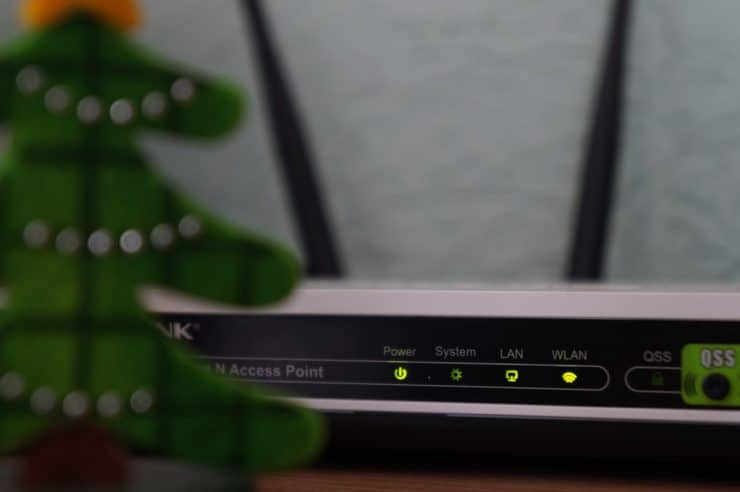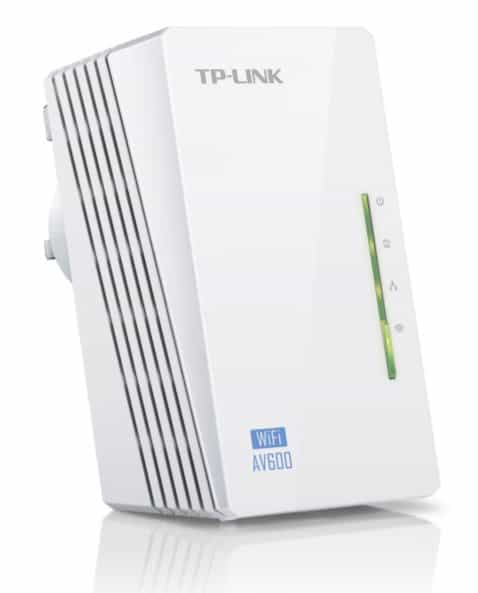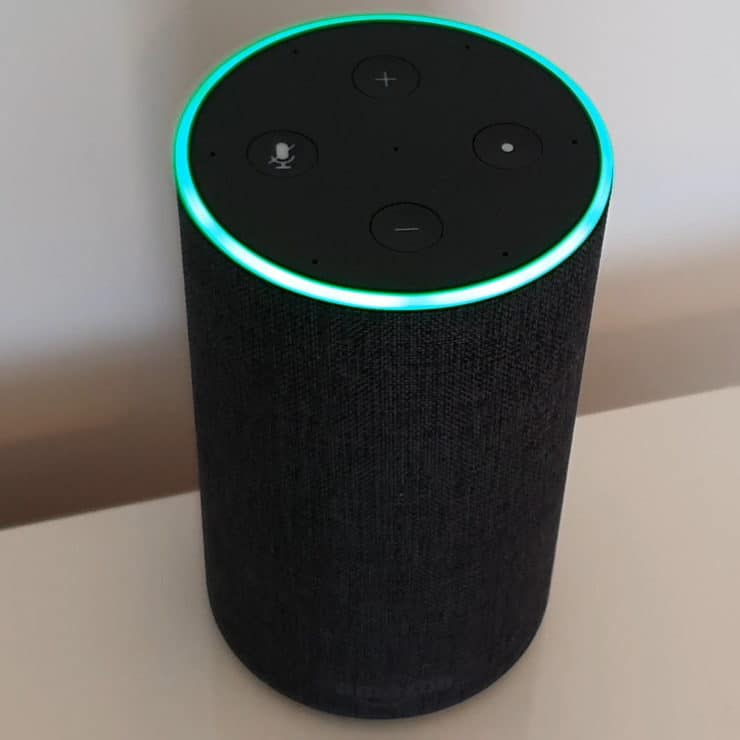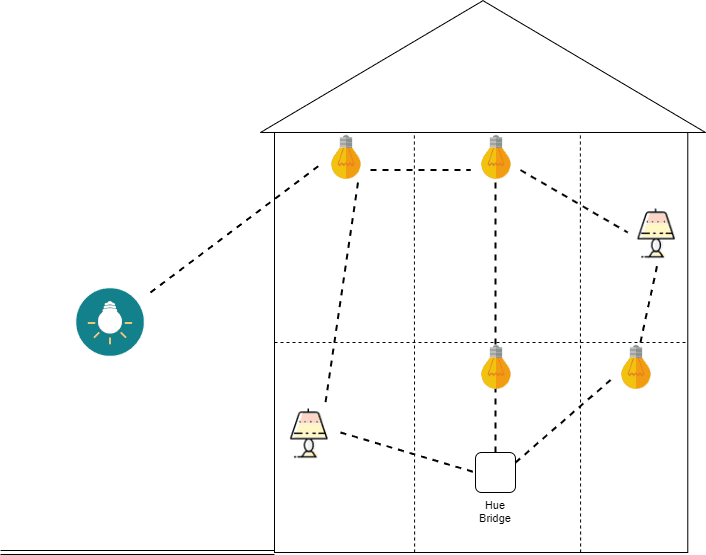Within the last couple of years in particular, working and schooling at home having become more popular – if not essential. To that end, the need for a good, strong Wi-Fi connection is more in demand than ever before.
Besides laptops, desktops, and tablets, many of us also operate a variety of smart home devices. Devices such as smart plugs, lights, security cameras and more are often at work in the modern smart home – putting even more strain on the Wi-Fi.
The more devices that have to share a Wi-Fi signal, the weaker and more spread out that signal becomes. So what happens when one part of your home – perhaps even an area as important as your home office, has a weak signal, or even worse, is a Wi-Fi dead zone? How can you improve the Wi-Fi signal there?
Many homeowners use the Amazon Echo as a smart home hub to control their smart home devices. However, what happens if you place an Echo in a Wi-Fi ‘dead zone’? Would it be able to improve the Wi-Fi in that area? If not, what other options are there?
Amazon Echo Operating Range
Together with the Alexa app, Amazon’s many Echo devices use routines and voice commands in order to control your various smart home devices.
For the best results in terms of connectivity and operation, your Echo should ideally be placed within 30 feet of your Wi-Fi router. Being in an optimal range of the router is essential as the Echo cannot operate without Wi-Fi to connect to the Amazon network and its various services.
When it comes to range of operation, your Echo’s range is only as good as your Wi-Fi connection. Meaning, as long as both your Echo and the smart home device you’re trying to control both have a good, strong connection to the Wi-Fi, it doesn’t matter how far they are from each other. This is why it’s possible to control your devices via the app while you’re away from home.
However, if your Wi-Fi falls short in a certain area in your home, there will be a spotty connection and your Echo will have a hard time controlling any smart devices in that particular area of your home. This would especially be the case if your Echo is placed in a location in your home that has a weak Wi-Fi connection. Being unable to establish a stable internet connection, your Echo would end up experiencing technical issues – or not responding to your commands or set routines at all.
What Are Wi-Fi Extenders and Why Are They Useful?
Because of the increasing demand on Wi-Fi, now more than ever it needs to be used in parts of the home where it didn’t need to before. This has led more consumers to go out and purchase Wi-Fi extenders.
Wi-Fi Extenders are devices that are used to extend the normal range of your Wi-Fi router.

The average Wi-Fi Router has a range of about 300 feet. If you live in a larger house, or one with multiple floors and/or obstructions (i.e. concrete walls in the basement or a home office in the attic), the router’s signal can become weak, even to the point that it doesn’t reach certain areas of your home. These areas where the Wi-Fi doesn’t reach are known as dead zones.
Enter the Wi-Fi extender.
Types of Wi-Fi Extenders & Repeaters

Wi-Fi extenders (also called “boosters” or “repeaters”) come in a wide variety of brands as well as how far they extend your signal. They also come in two common types.
The first type extends your router’s existing network by creating a ‘new’ network. This network is often your current Wi-Fi’s name, with an extension at the end. For example, if your Wi-Fi’s SSID is ‘MyWifi’, then the extender will create an SSID that looks like ‘MyWifi – EXT’.
These extenders typically support the 2.4 GHz band. If you purchase a dual-band Wi-Fi extender, and your router broadcasts it, the extender will support the 5 GHz band as well. You can often use the same Wi-Fi password as your main Wi-Fi in order to keep things simple.
To use the extender, you’ll need to set it up in an area halfway between your router and the area where the Wi-Fi is weak or dead. Each extender is different – some require a wired installation, while others can be done completely wirelessly. Be sure to follow the instructions that come with your particular extender.
Once set up, you can connect any devices you’ve had trouble with to either the 2.4 GHz or 5 GHz Wi-Fi extender network.
The second type of Wi-Fi extender is a bit different, as it creates a sort of mesh network by picking up the existing Wi-Fi signal and re-broadcasting it. Technically speaking, this is a Wi-Fi repeater. It has the same name and password as your original Wi-Fi, without adding the ‘EXT’ on the end, as with the other type of extender. This class of Wi-Fi extender, because of its seamless operation, also tends to run a much higher price tag. However, many opt for this version – and especially the newer whole-house mesh systems – as it creates a more seamless operation.
Setup is similar to that of the other Wi-Fi Extender type. Following the manufacturer’s instructions are key to making sure it’s installed and works properly.
Maintenance
As time goes on, some customers complain that their Wi-Fi Extenders don’t work as well.
However, before concluding that your extender needs to be replaced, check to see that you have the latest firmware installed.
Oftentimes poor connectivity over time is due to the need of a firmware update. Once that’s complete, your Extender should be good as new!
Do Any of the Amazon Echos Act as a Wi-Fi Extender?
In a short answer – no, Amazon Echo devices do not act as a Wi-Fi extender. Amazon’s Echo devices are solely used to connect devices via your existing network. They cannot create, nor extend your current Wi-Fi network.

If you have an extender, you can connect your Echo to it, but it would simply be another device on the network, not an extender.
Given the popularity of Echo devices, and their growing list of features (i.e. newer ones now include a Zigbee hub), perhaps Amazon may introduce such a feature in the future.
Whether this feature is included in future Echo versions is yet to be determined.
Wi-Fi Extenders that include Alexa
In the meantime, if you’re already using Alexa and Echo devices to control your smart home, a Wi-Fi extender that has Alexa already built-in will no doubt prove to be convenient.
One such device is Netgear’s Orbi Voice Smart Speaker. Not only is it a mesh Wi-Fi extender (the preferred type in most homes), that works with just about any router, but it also has Alexa built right into it.
It adds up to 2,000 square feet of consistent Wi-Fi coverage, and with Alexa built-in, it can perform many of the same functions like getting the weather and the news, just like you would get on an Echo.
Alternatives to Wi-Fi Extenders
If you’re finding that your Wi-Fi signal is still spotty but you don’t want to spend money on loads of new Wi-Fi devices, there are a few alternatives that can be better for your smart devices.
Zigbee
If you’re looking for a way to extend internet coverage, one option you might consider is Zigbee.
This wireless communication protocol doesn’t use Wi-Fi or the internet, but it can help you extend the range of your smart home devices within your home. If you use it with a smart home hub such as one of the newer Zigbee-enabled Amazon Echos, or Samsung SmartThings, you can also have your devices connected to the internet. However, being most of your devices’ communication will be via Zigbee, it puts much less strain on your Wi-Fi network.
This method, however, will only work with smart home devices that are also Zigbee-enabled, such as products made by Philips Hue and Innr. Your smart home hub is often plugged into your internet router with network cable (but some still rely on Wi-Fi), then you would connect your Zigbee smart home devices to the hub.

Each Zigbee device acts like a node on the mesh network, and can connect to the next node, or device. Because Zigbee has a range of about 40 feet, it can easily connect to the next device on the network, even if it was in an area previously deemed a Wi-Fi ‘dead zone’ – all without the use of a Wi-Fi extender.
Z-Wave

Much like Zigbee, Z-Wave is also a mesh network alternative to Wi-Fi. Z-Wave has a range of about 100 meters (approximately 328 feet), giving it an even longer range than Zigbee.
Just like Zigbee, each Z-Wave device is a node on the mesh network, and can connect to the next device, creating a reach farther than most Wi-Fi networks can go.
To use Z-Wave, you’ll need a smart home hub that’s Z-Wave-enabled. Each smart home device used on the network must also be compatible with Z-Wave so that they can connect to each other without issues.
One such example of a Z-Wave device is the Ring Alarm system. Each Ring Alarm component (such as door and motion sensors) speaks to each other, and their hub, via Z-Wave. Some Yale smart locks are also compatible with Z-Wave.
Imagine if you had 20 alarm components – if they were all Wi-Fi based, they could quickly overload your internet router. But by offloading this to a dedicated Z-Wave hub (such as the Ring Alarm base station), your internet router is freed up to deal with your other household Wi-Fi devices.
Wi-Fi Mesh Router Systems
Should you prefer to stay the more common Wi-Fi route, you can opt for a Wi-Fi router that creates a mesh network.
These work in place of a typical router that, say, your ISP would provide you with. This type of system creates a mesh network and even comes with its own mesh network extender. These systems ensure that your entire home achieves and maintains a strong, continuous internet connection.
Amazon has a mesh Wi-Fi system of this caliber – the Eero Mesh Wi-Fi System. Other popular Mesh Wi-Fi systems you may consider are:
- TP-Link Deco Mesh Wi-Fi System.
- Google Wi-Fi – AC1200 – Mesh Wi-Fi System.
- Netgear Orbi Tri-Band Whole Home Mesh Wi-Fi System.
In Conclusion
As convenient as it would be, the Amazon Echo, unfortunately, cannot double as a Wi-Fi extender. Its functions are solely to control your smart home devices. However, all is not lost!
There are a variety of Wi-Fi extenders available at different price points, depending on what suits your needs and budget. You can even opt for a Mesh Router system that will extend your Wi-Fi’s reach farther and with a stronger signal than an extender could.
Don’t want to deal with Wi-Fi? Not a problem! Zigbee and Z-Wave are both mesh networks that can create a strong connection between your smart devices around your home.

If you have any questions, feedback or suggestions about this article, please leave a comment below. Please note that all comments go into a moderation queue (to prevent blog spam). Your comment will be manually reviewed and approved by Tristan in less than a week. Thanks!